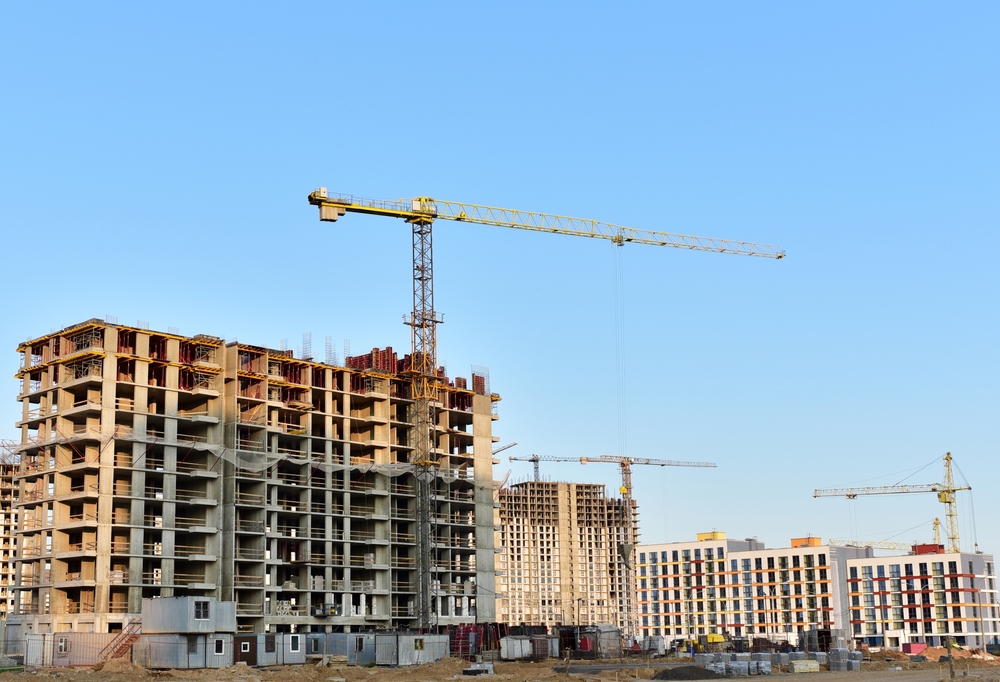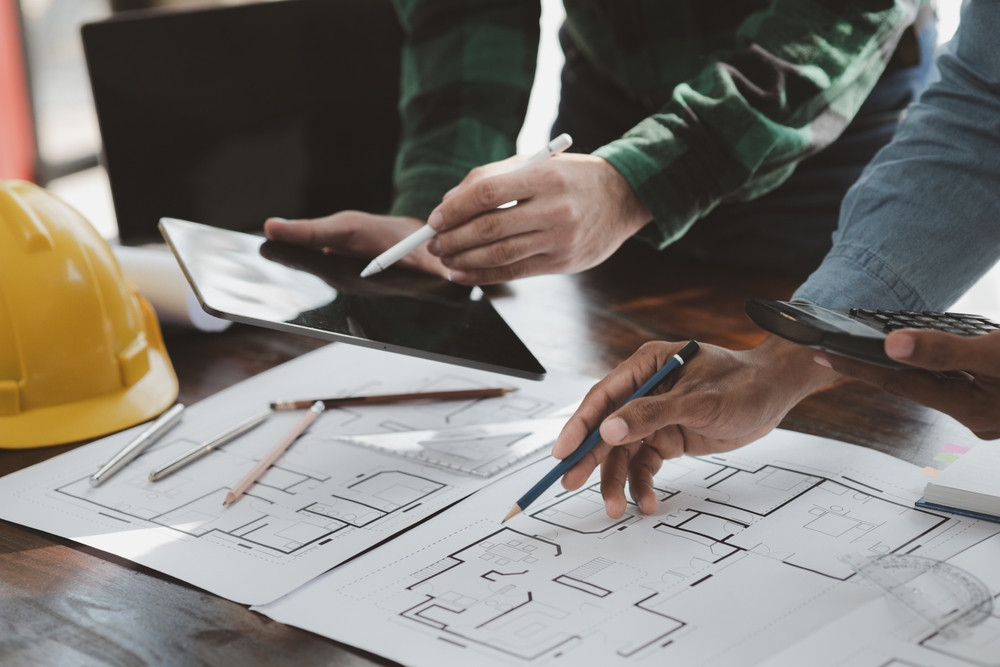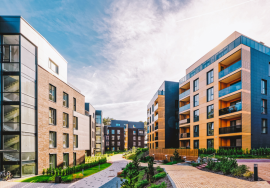Building Technologies: Gap Between Sustainability and Comfort
Building Technologies: Bridging the Gap Between Sustainability and Comfort

Building technologies are revolutionizing the construction and real estate industries by merging sustainability with comfort. As the demand for eco-friendly solutions grows, these technologies are crucial in creating spaces that are both environmentally responsible and highly comfortable. This blog explores how building technologies bridge the gap between sustainability and comfort, offering innovative solutions for modern living.
The Intersection of Sustainability and Comfort
In today’s world, sustainability and comfort are not mutually exclusive; rather, they complement each other. Advanced building technologies are designed to address both environmental concerns and occupant needs, ensuring that spaces are both eco-friendly and enjoyable to live or work in.
Key Aspects of Bridging Sustainability and Comfort:
- Energy-Efficient Systems: Energy-efficient systems play a pivotal role in both sustainability and comfort. Technologies such as advanced HVAC systems, high-performance insulation, and smart thermostats reduce energy consumption while maintaining optimal indoor conditions. For example, geothermal heating and cooling systems use the earth’s natural temperature to regulate indoor climates, providing both energy savings and comfort.
- Sustainable Building Materials: Using sustainable materials is essential for reducing the environmental impact of construction. Eco-friendly materials such as bamboo, recycled steel, and low-VOC (volatile organic compounds) paints contribute to greener buildings. These materials often offer superior insulation and durability, enhancing both the environmental footprint and the comfort of the space.

- Smart Home Technologies: Smart home technologies integrate various systems to enhance comfort while promoting sustainability. Automated lighting, smart blinds, and occupancy sensors adjust energy use based on real-time conditions. For instance, smart blinds can close during the hottest part of the day to reduce cooling needs, while smart lighting systems optimize usage to minimize energy waste.
- Water Conservation Technologies: Water conservation technologies are critical for sustainable building practices. Low-flow fixtures, rainwater harvesting systems, and greywater recycling contribute to reduced water consumption and environmental impact. These technologies also enhance comfort by ensuring consistent water supply and improving overall efficiency.
- Indoor Air Quality (IAQ): Maintaining high indoor air quality is essential for occupant comfort and health. Advanced ventilation systems, air purifiers, and humidity controls ensure that indoor air remains clean and fresh. Sustainable building technologies often incorporate these systems to provide a healthy living environment while minimizing energy use.
Examples of Technologies Bridging the Gap
1. Green Roofs and Living Walls: Green roofs and living walls are innovative solutions that contribute to sustainability while enhancing comfort. They improve insulation, reduce urban heat island effects, and provide natural cooling. These features also create pleasant outdoor spaces and improve overall aesthetics.
2. Passive Solar Design: Passive solar design utilizes natural sunlight to heat and light buildings, reducing the need for artificial heating and lighting. Techniques such as strategic window placement and thermal mass materials maximize solar gain and contribute to energy efficiency, enhancing occupant comfort.
3. Smart HVAC Systems: Modern HVAC systems equipped with smart technology offer precise control over indoor climates. These systems adapt to weather conditions, occupancy patterns, and user preferences to maintain optimal comfort while reducing energy consumption.
4. Renewable Energy Integration: Incorporating renewable energy sources such as solar panels and wind turbines into building designs supports sustainability goals. These technologies generate clean energy, reducing reliance on fossil fuels and lowering operational costs.
The Future of Building Technologies
The future of building technologies promises even greater advancements in bridging sustainability and comfort. Emerging trends such as artificial intelligence, machine learning, and advanced materials will further enhance building performance and occupant satisfaction. For example, AI-driven systems will provide even more precise climate control and energy management, while new materials will offer improved insulation and durability.
Conclusion
Building technologies are at the forefront of bridging the gap between sustainability and comfort, offering innovative solutions that address environmental concerns while enhancing the quality of life for occupants. By integrating energy-efficient systems, sustainable materials, and smart technologies, we can create spaces that are both eco-friendly and comfortable. As technology continues to evolve, the potential for creating even more sustainable and comfortable environments is vast.
For further insights on sustainable building technologies and their impact on comfort, visit Green Building Council and Sustainable Energy Authority. To explore how these technologies can be applied to your projects, contact AMS India.
Read more related articles to enhance your knowledge and make informed decisions
10 Essential Steps in the Building Construction Process
How to Choose the Right Materials for Your Construction Project








